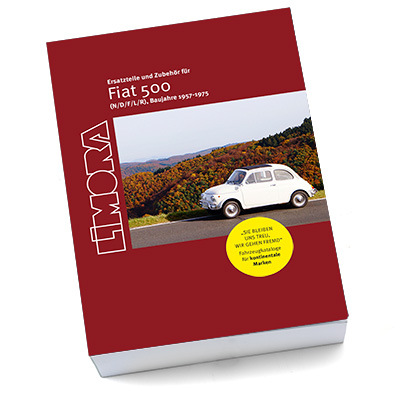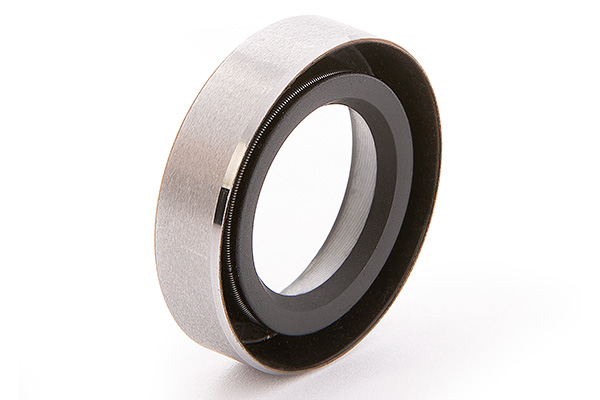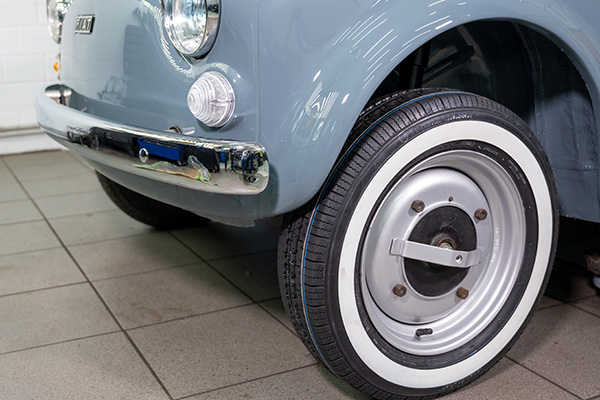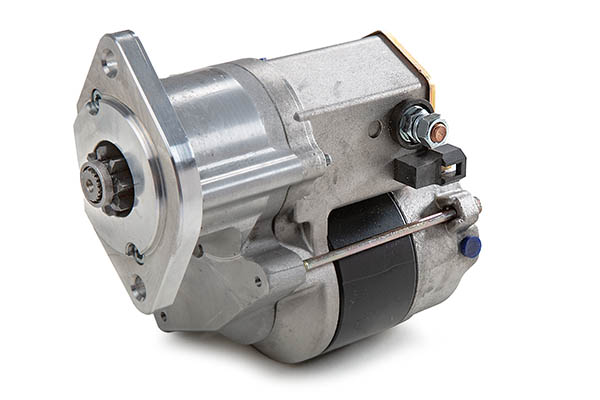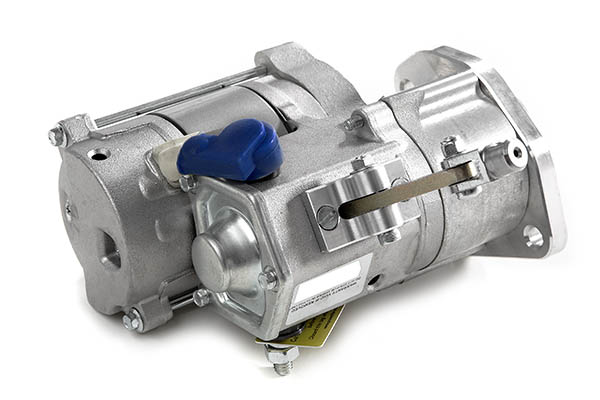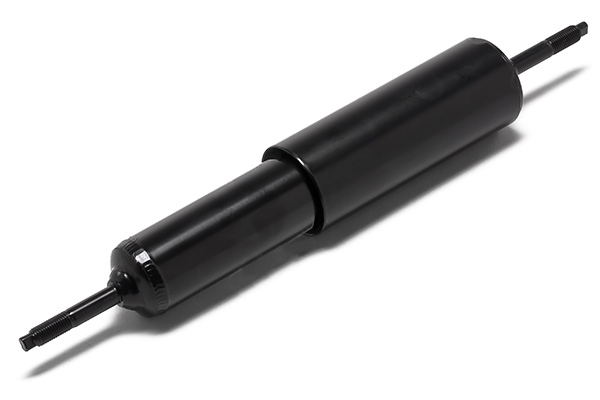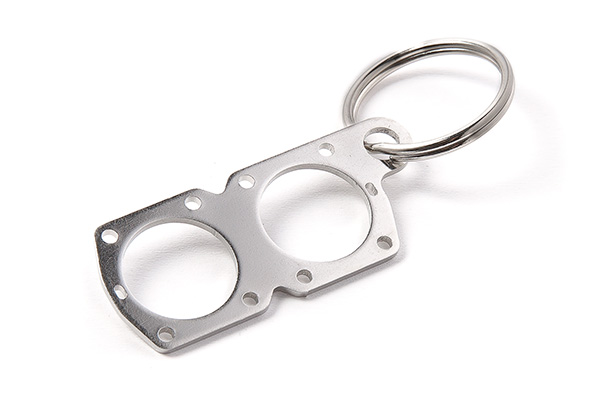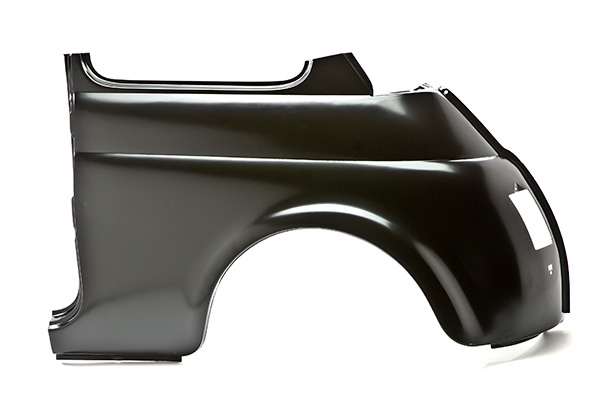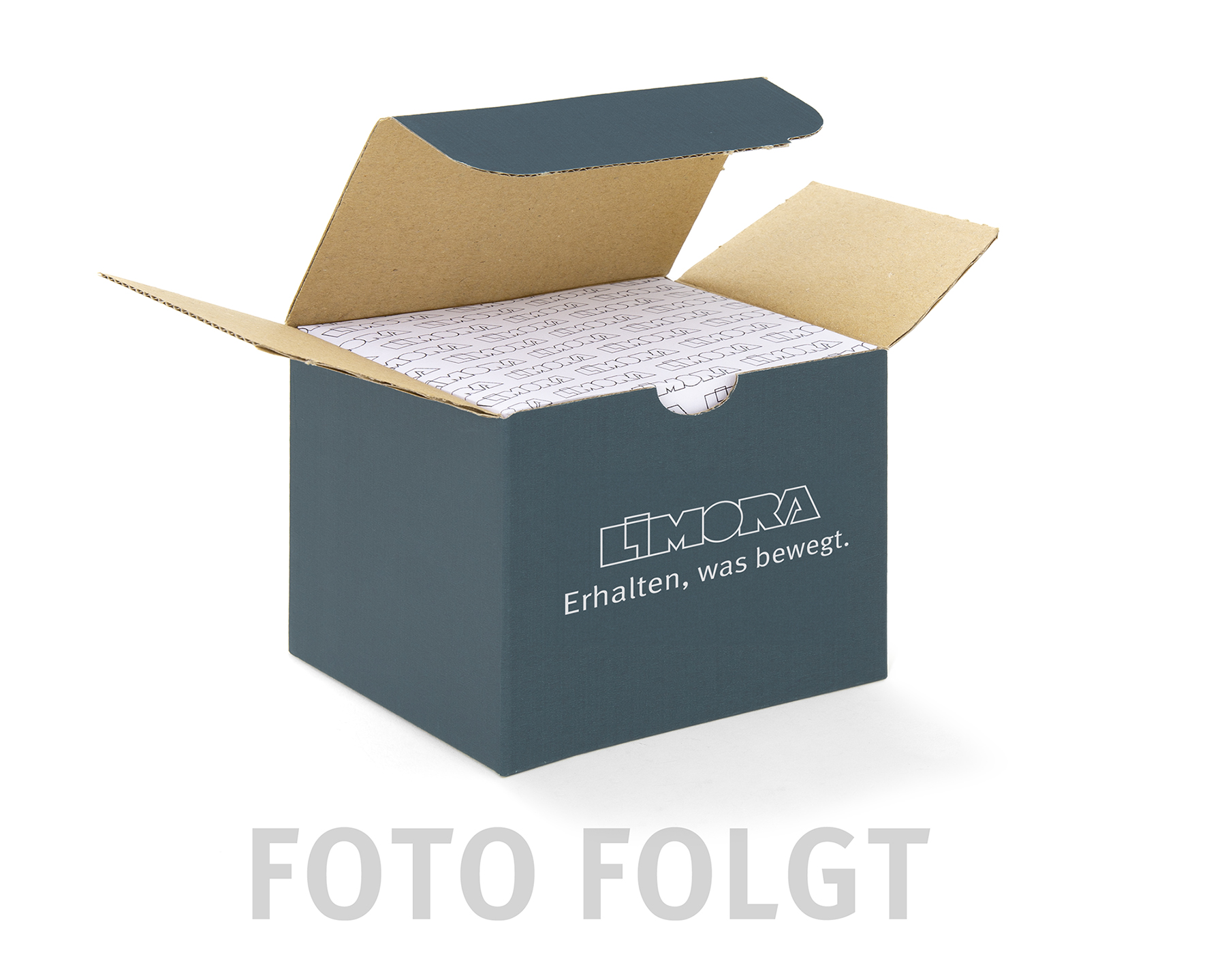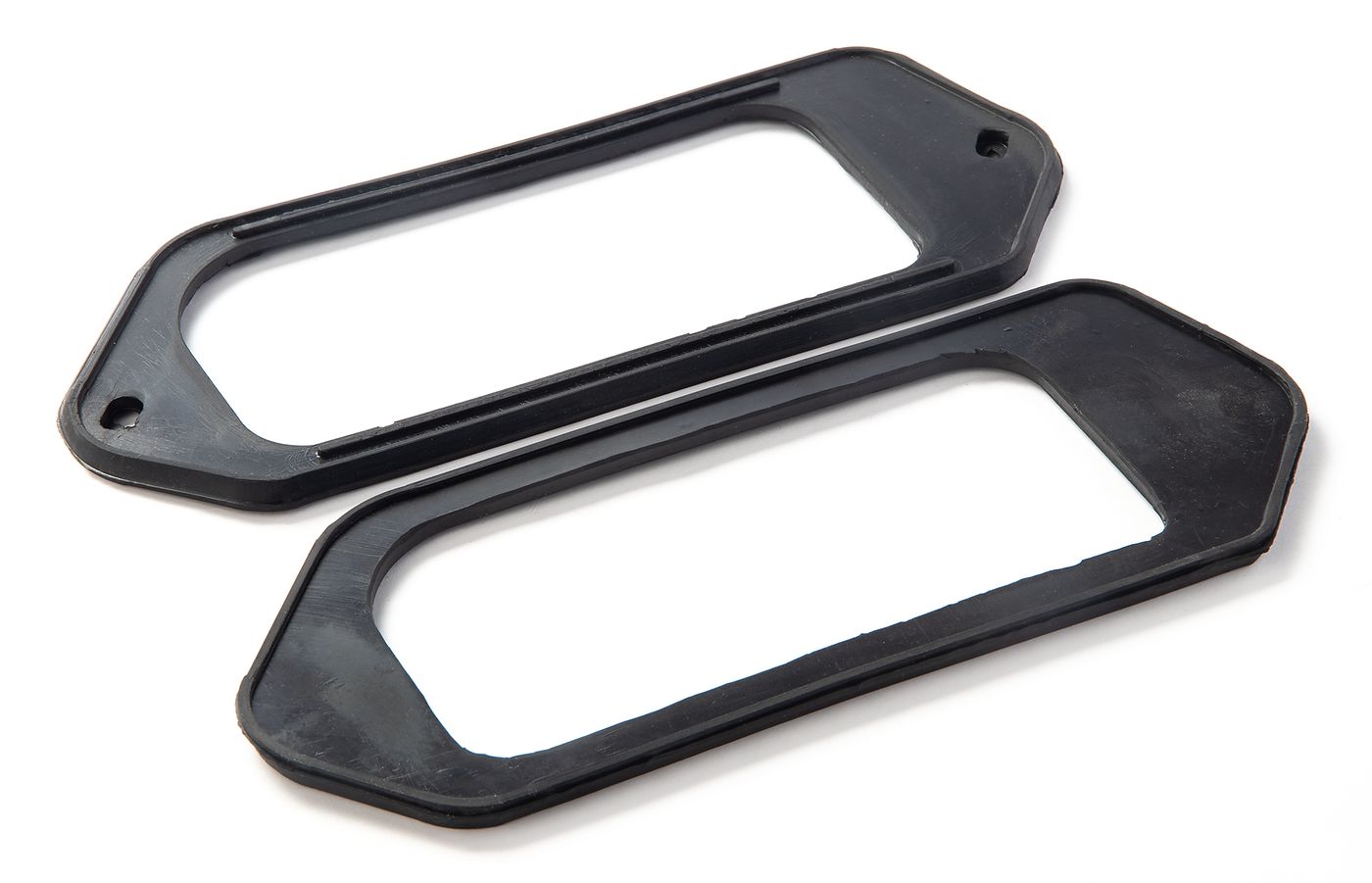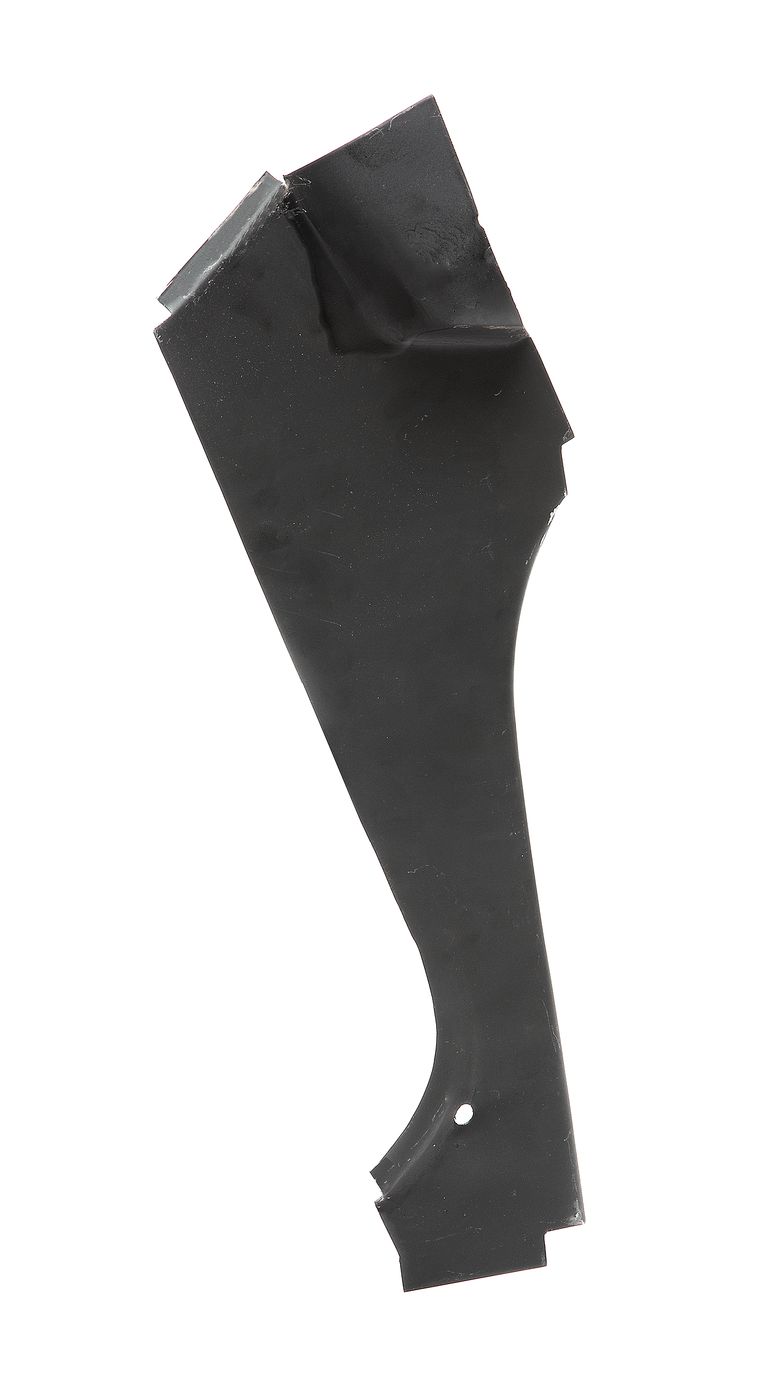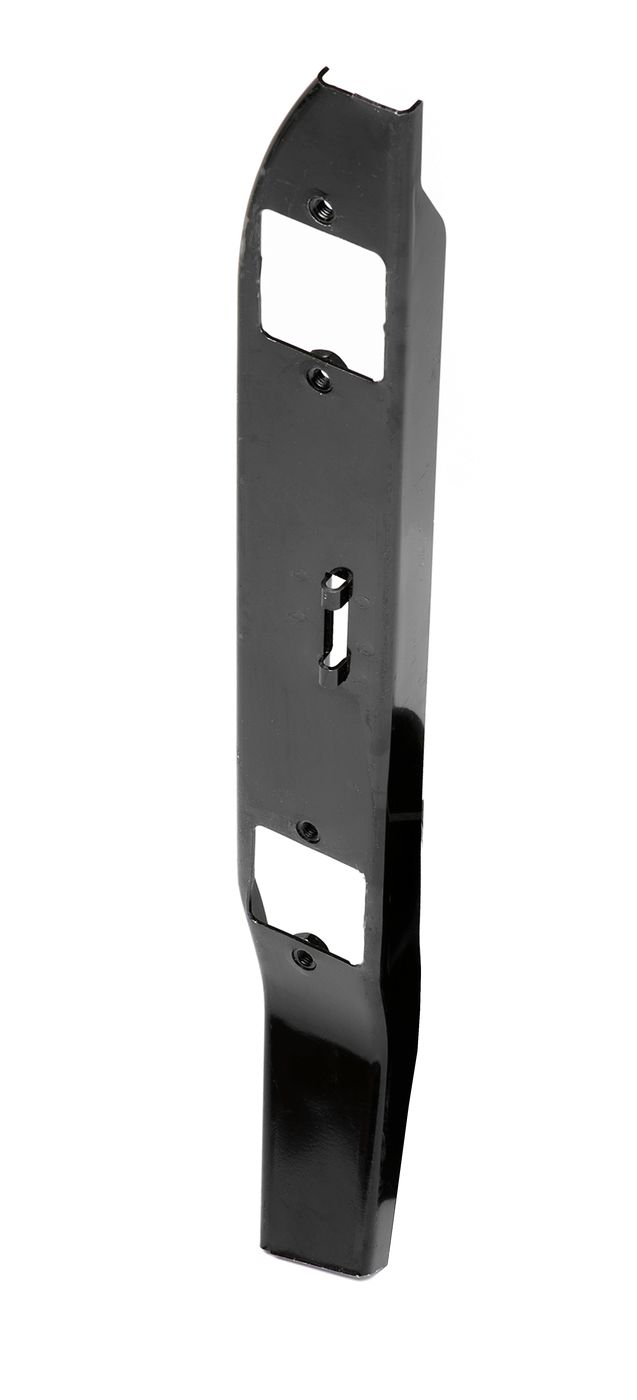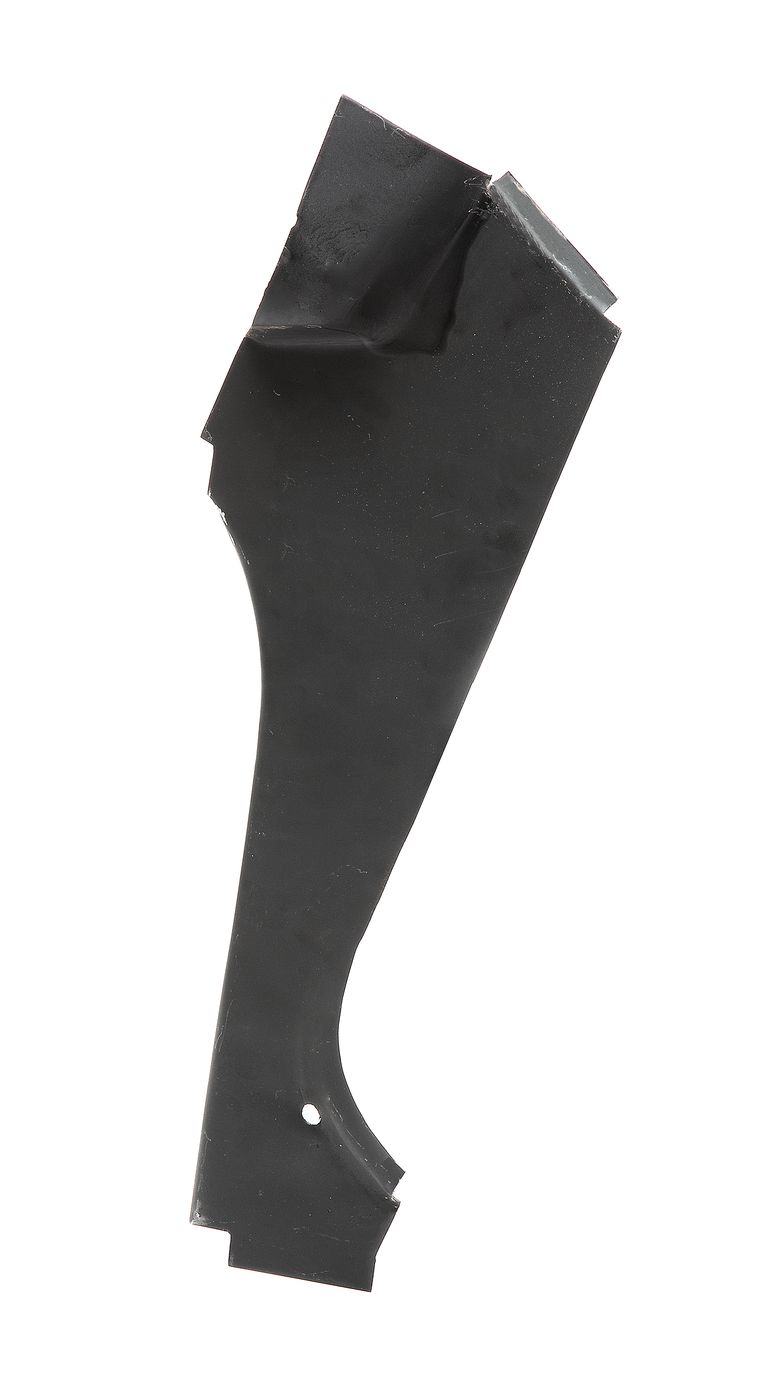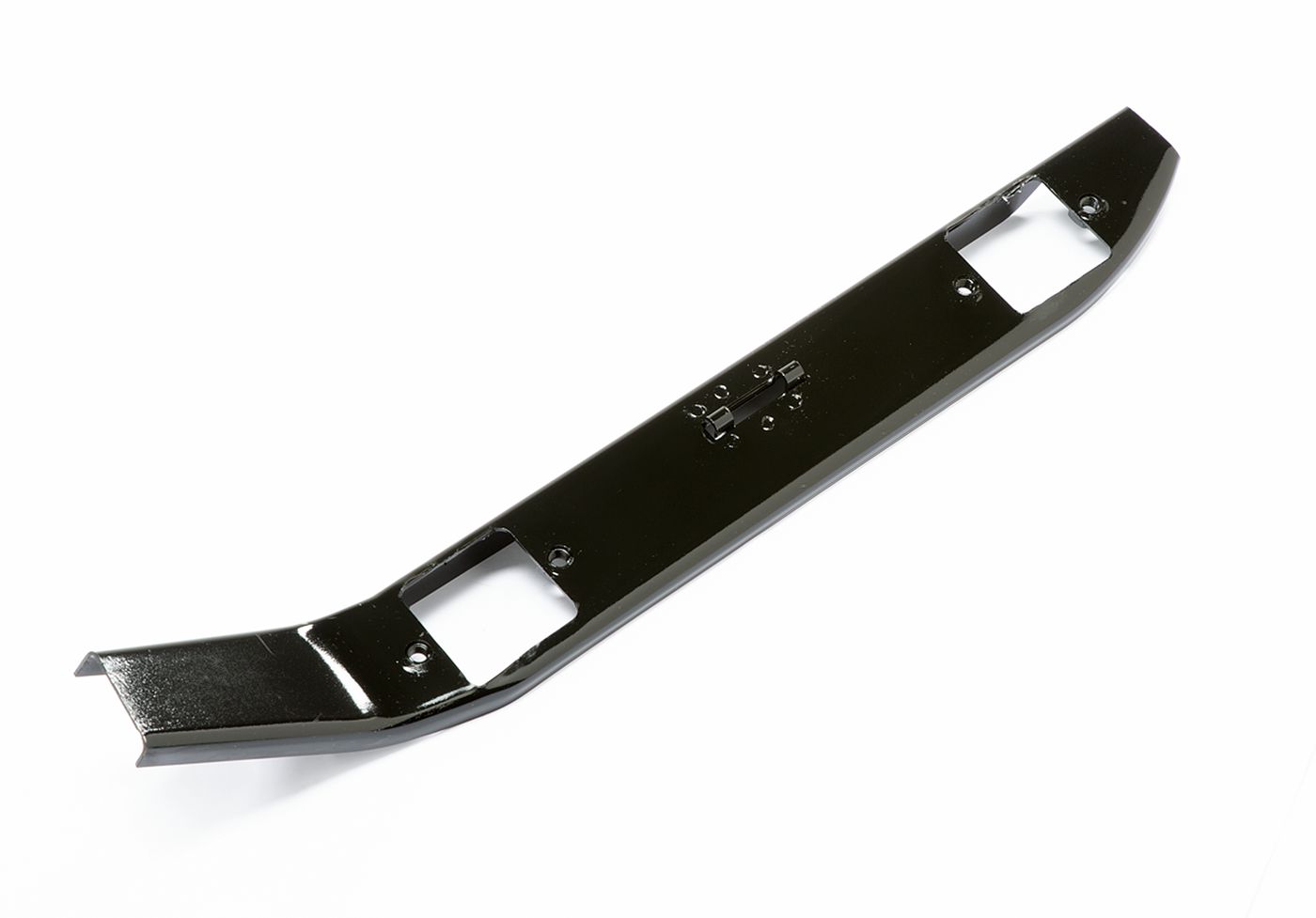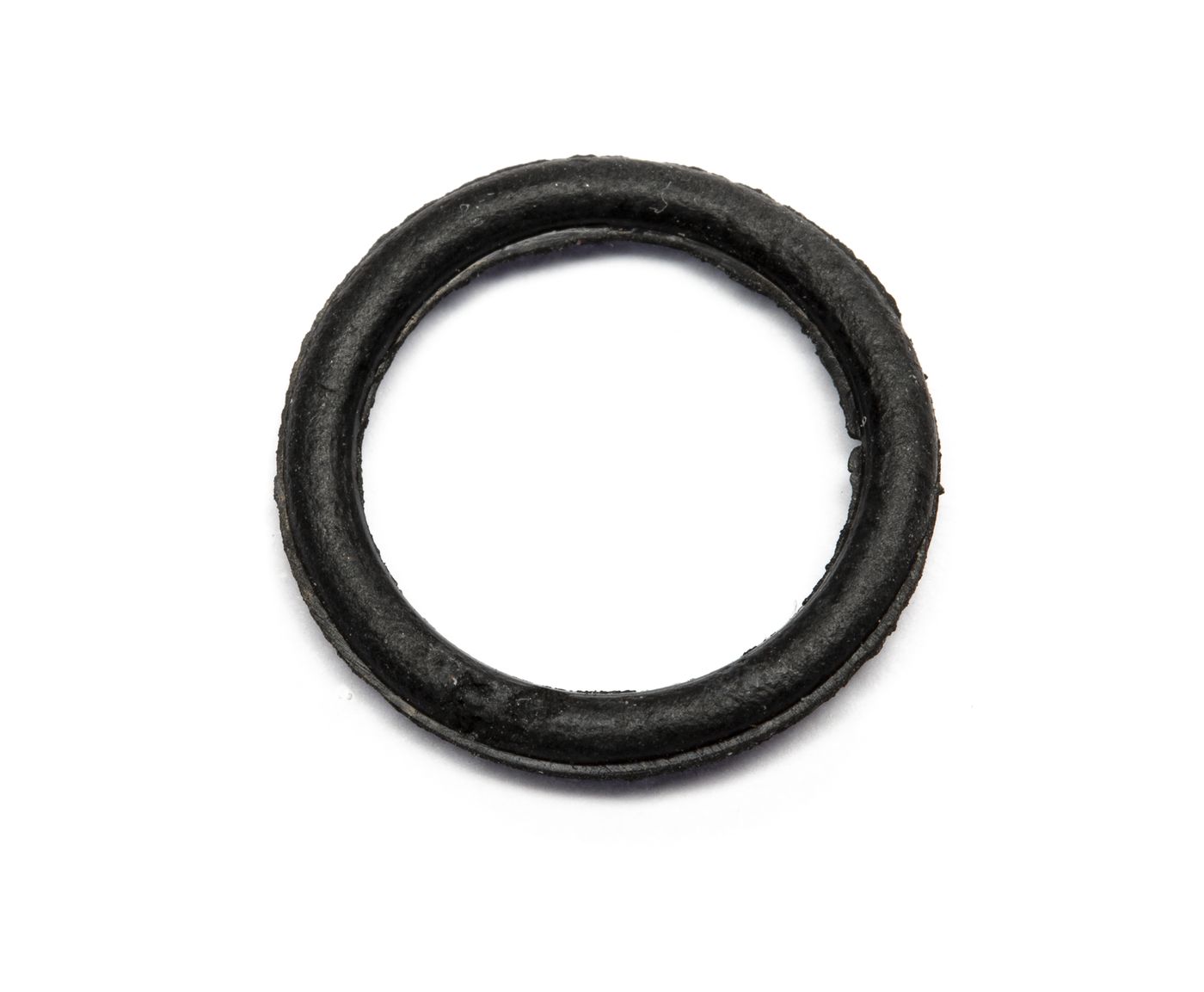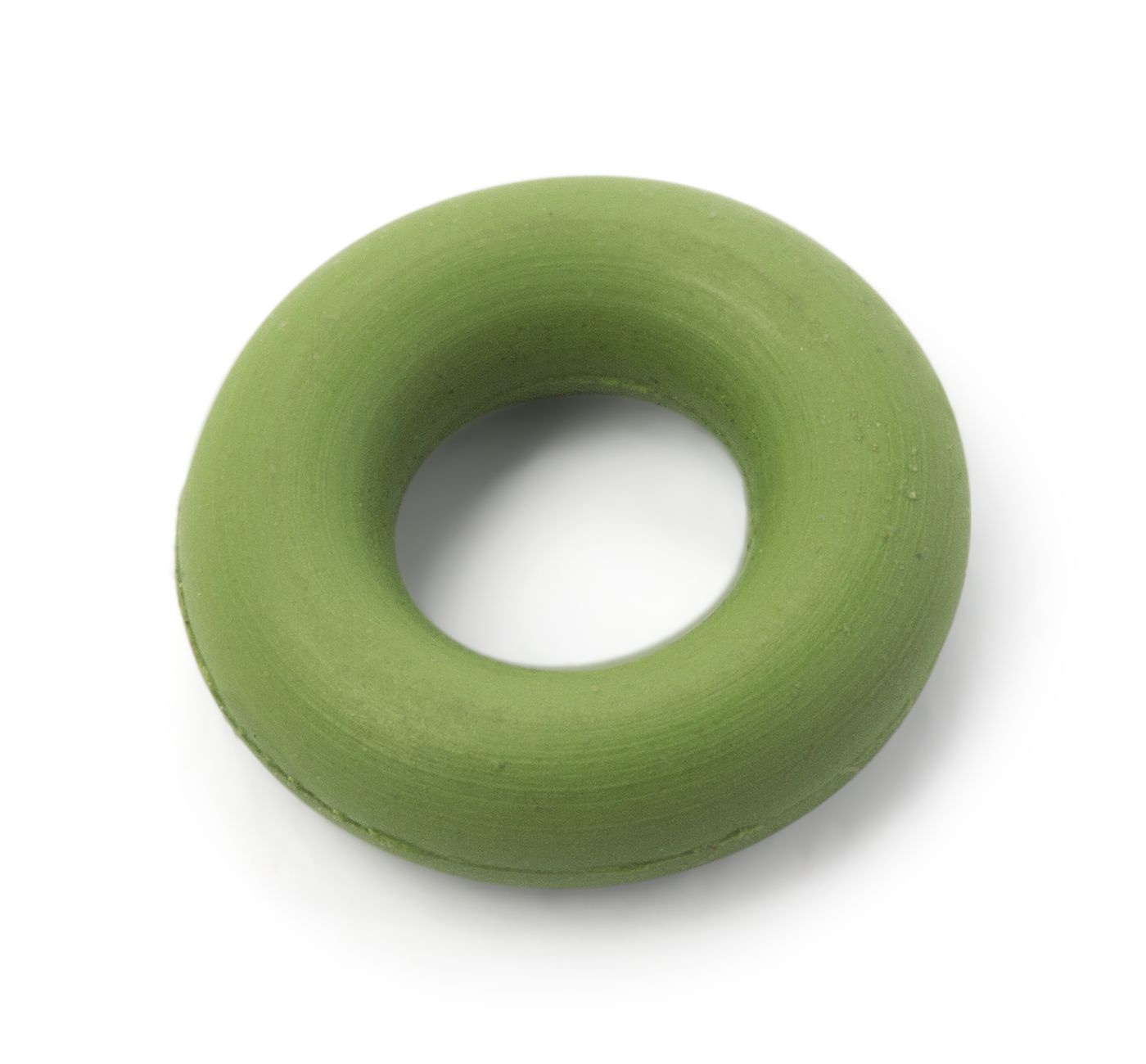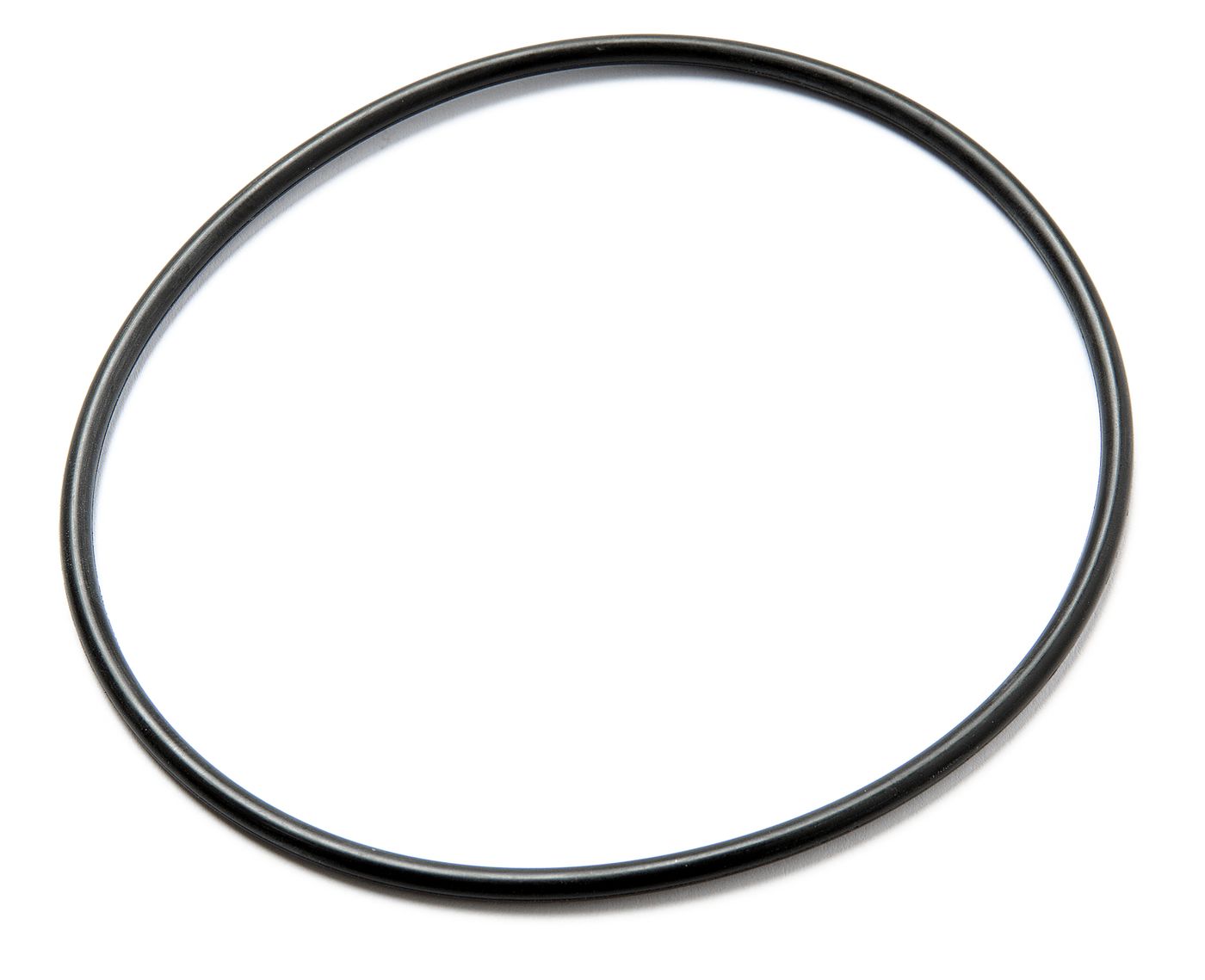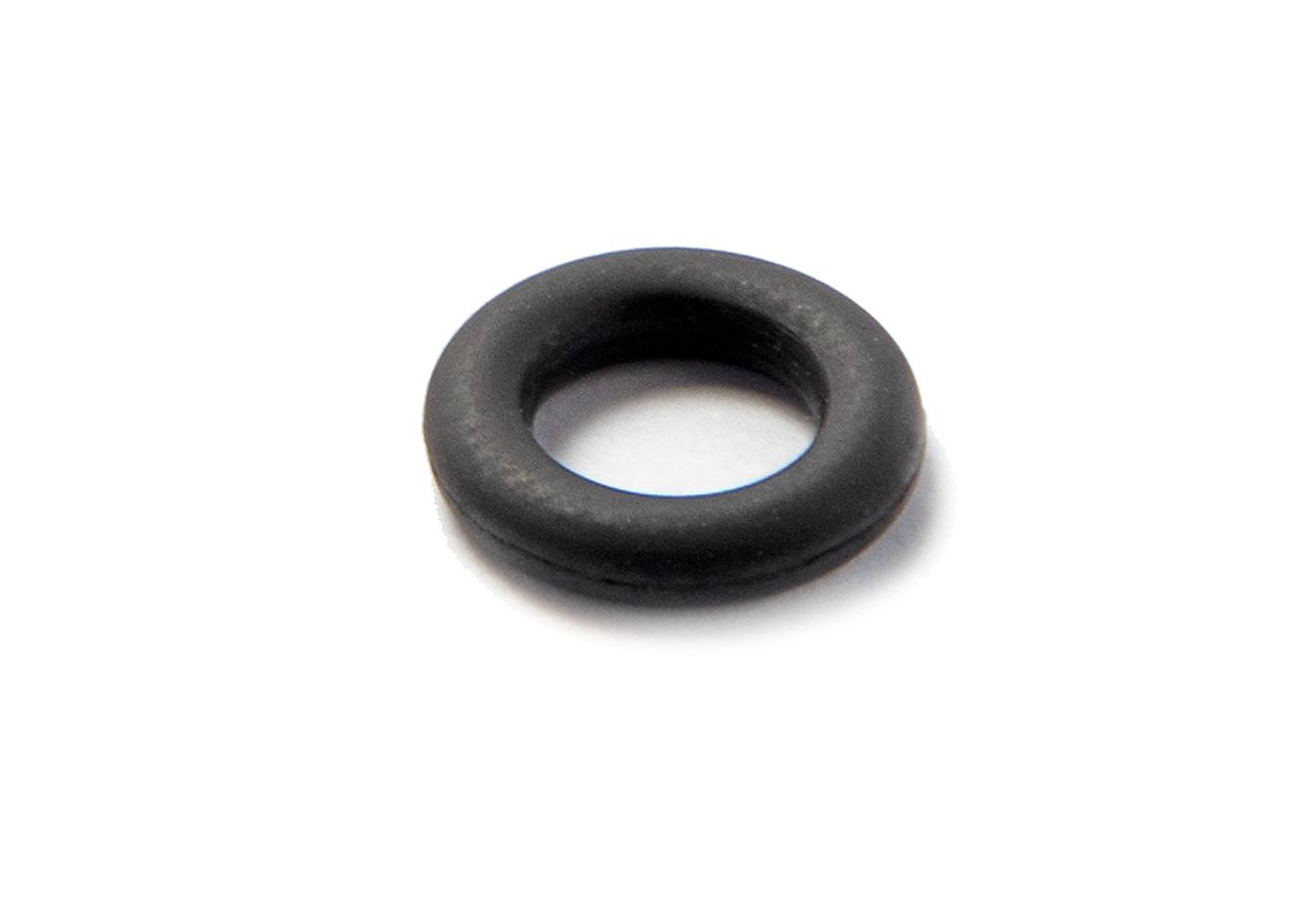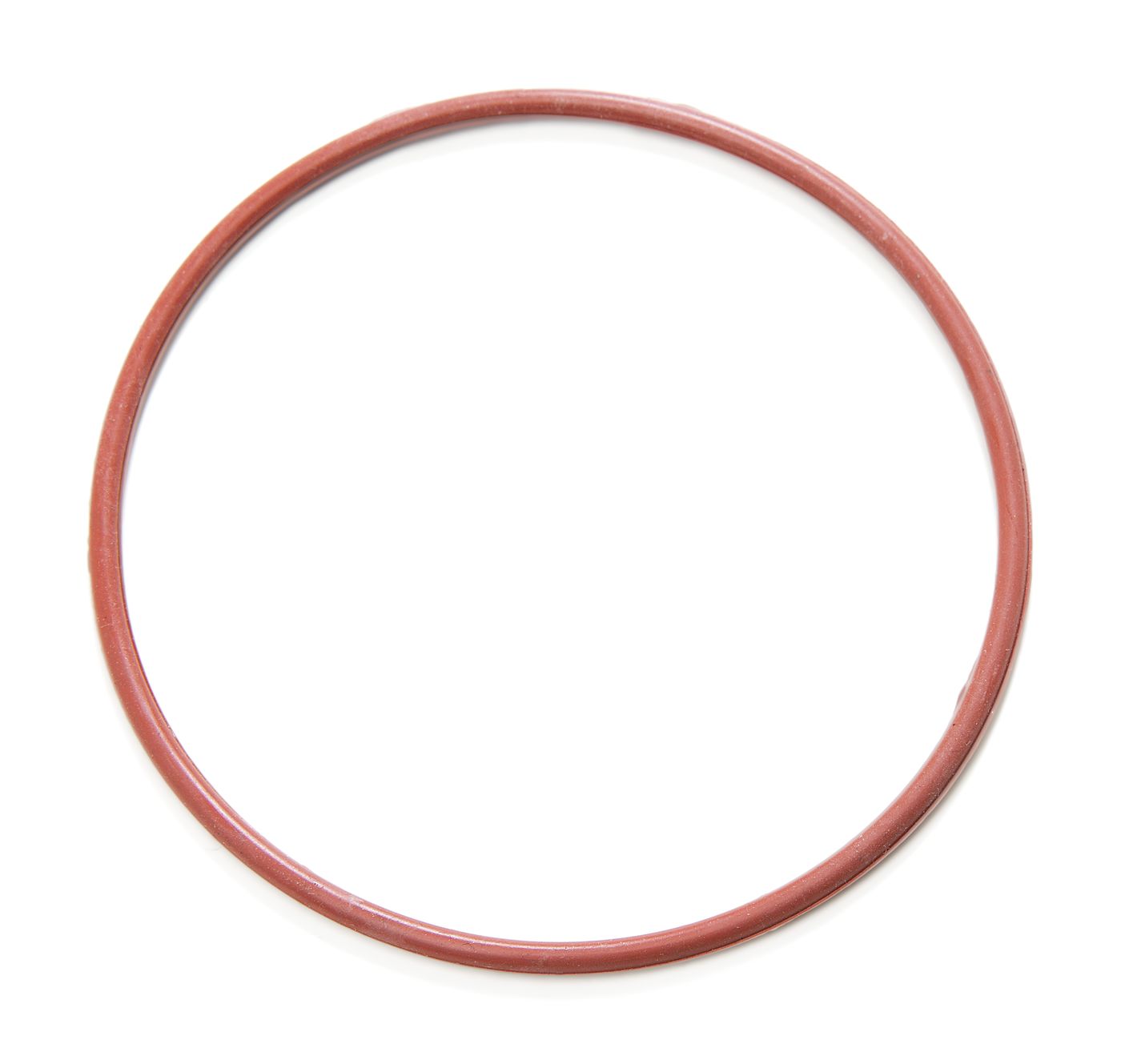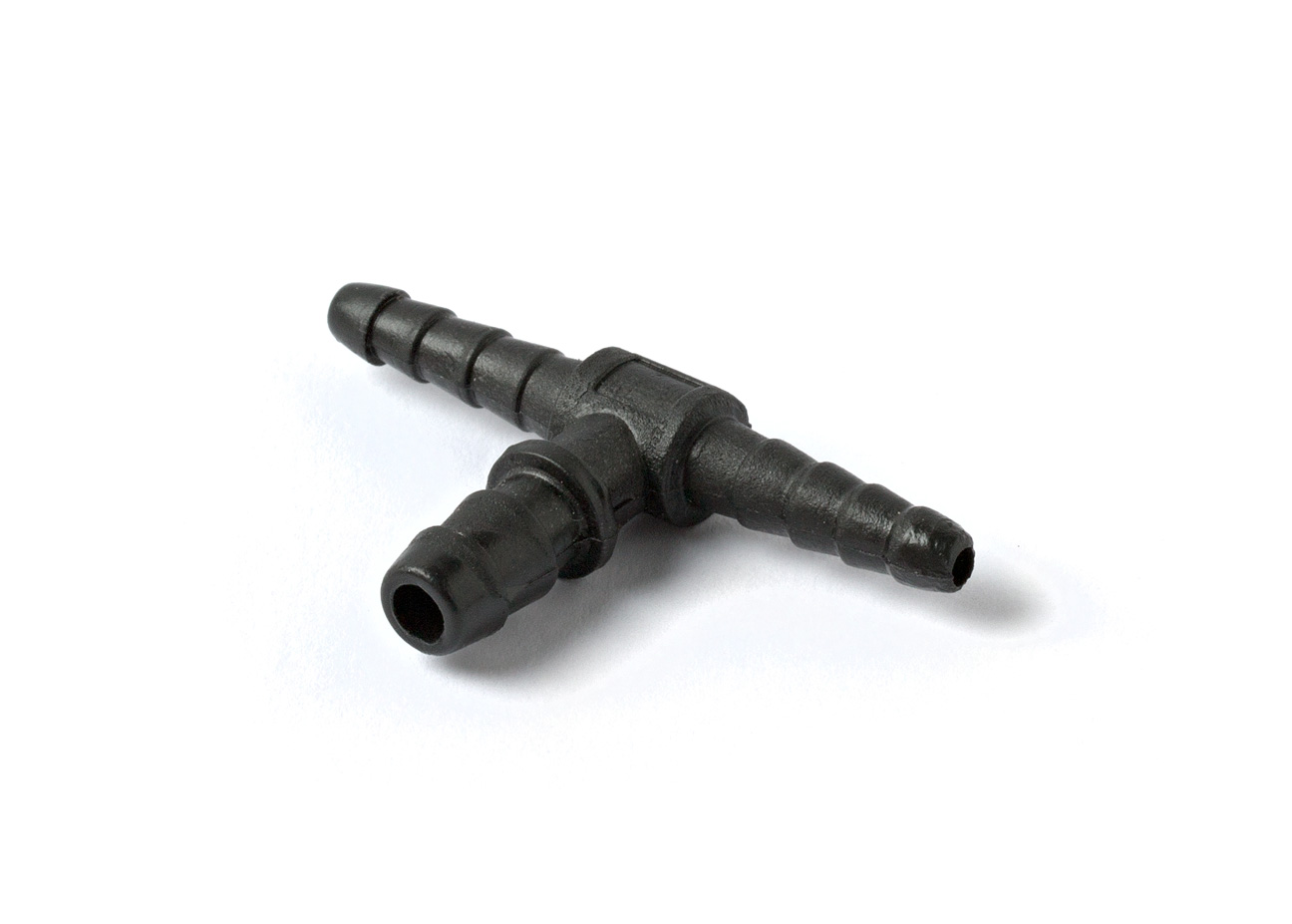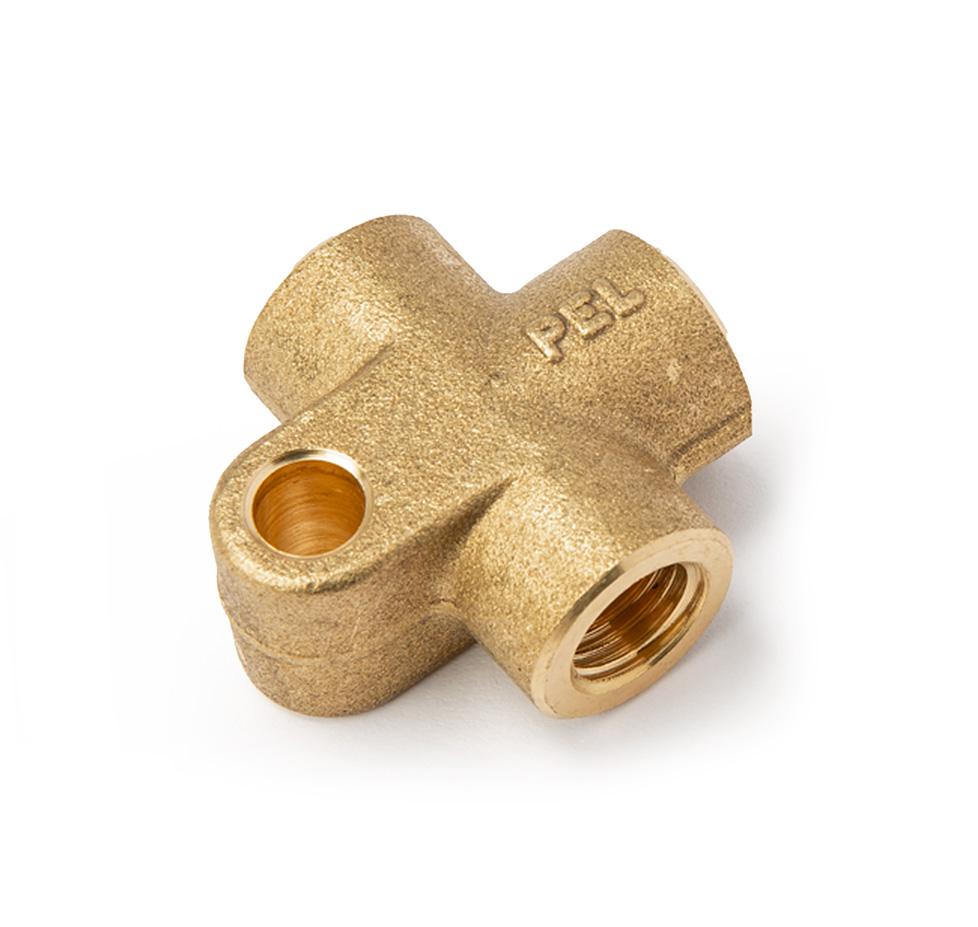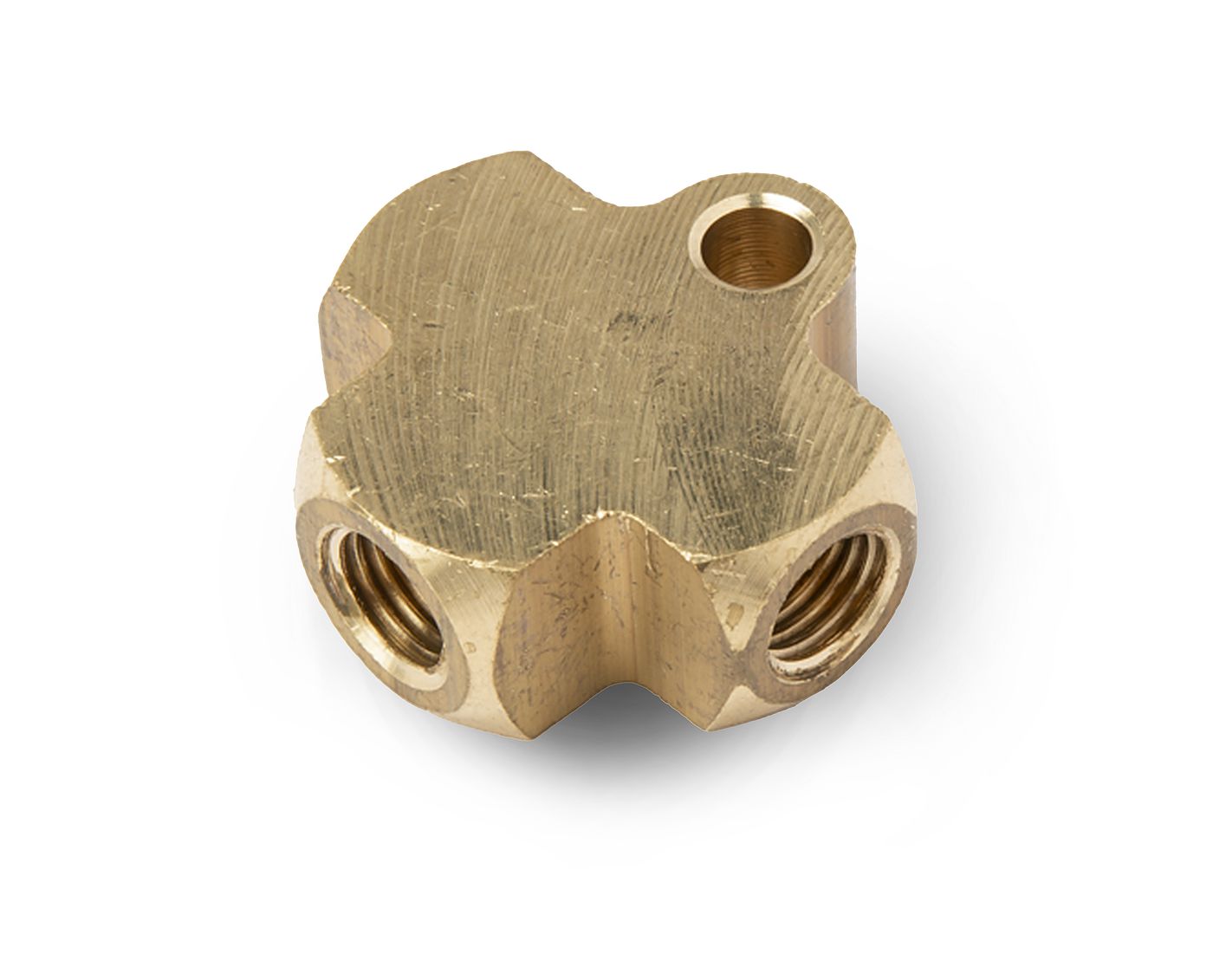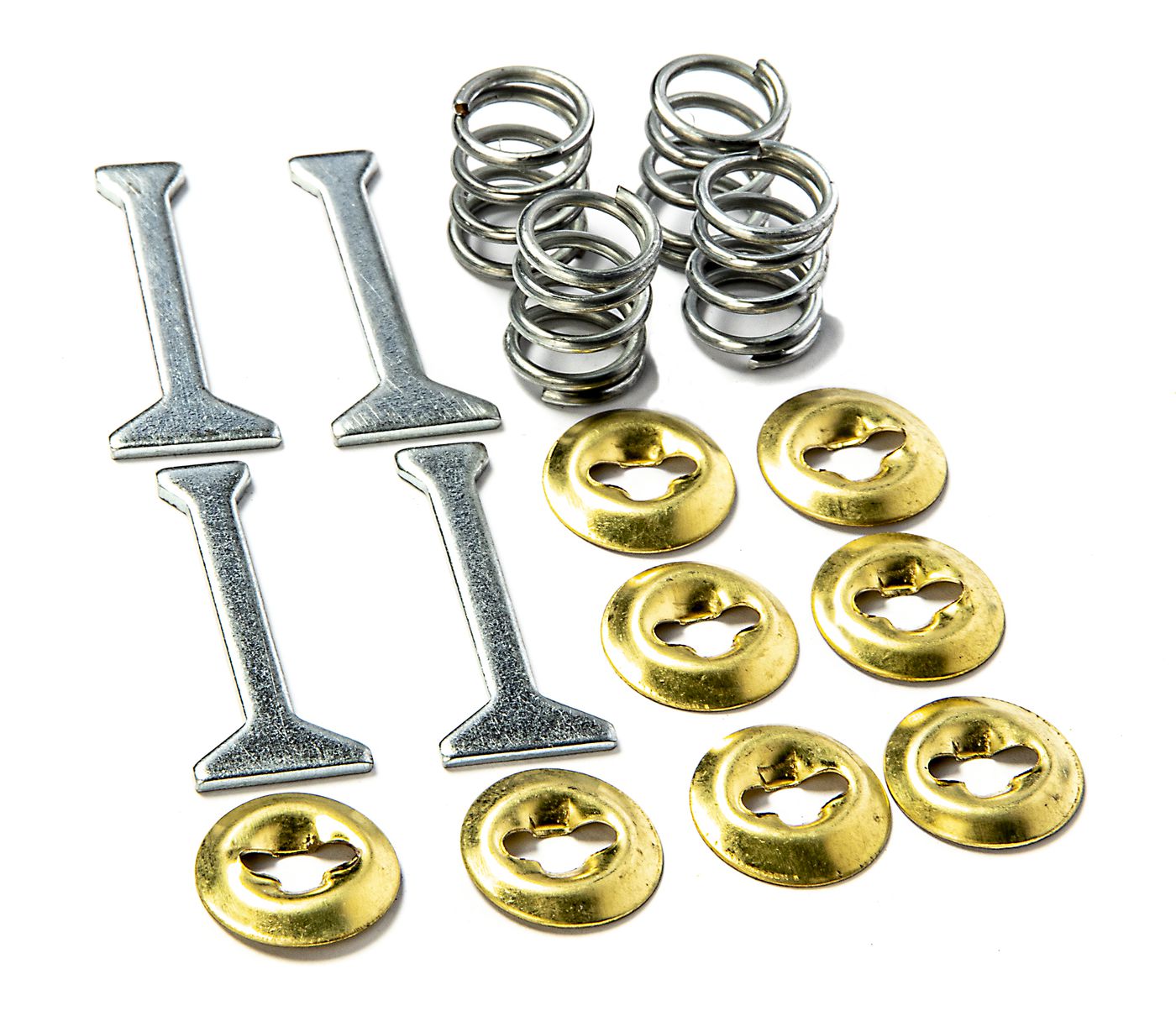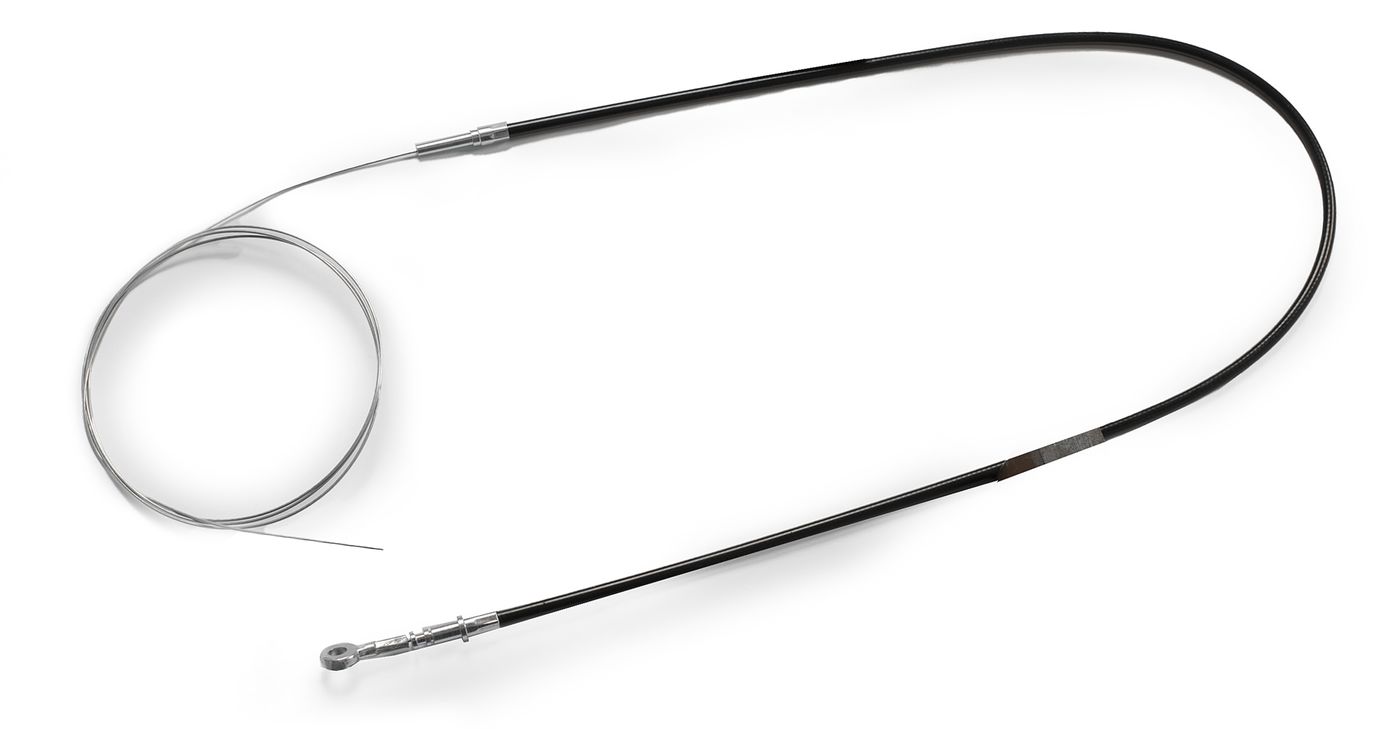
Fiat 500
Introduced in 1957, the car initially shocked with its low performance and skinny equipment. After these two birth defects were cleared up and the price was significantly reduced, the Fiat 500, designed by Dante Giacosa, became the brand's most successful model. Within just 18 years, almost four million Fiat 500s were built.
Limora onderdelen catalogus Fiat 500

Jean Göbbels
is a trained bodywork fitter (master) and painter. He bought his first classic car when he was 17 and raved about the Alfa Romeo Giulia. He is a polyglot from Aachen with Belgian roots and has been working on your restoration for decades.
Our recommendation for your Fiat 500
 Motor
Motor
 Versnellingsbak en differentieel
Versnellingsbak en differentieel
 Koppeling
Koppeling
 Cooling system
Cooling system
 Engine controls
Engine controls
 Carburettor and air filter
Carburettor and air filter
 Fuel system
Fuel system
 Front suspension
Front suspension
 Manifold and exhaust
Manifold and exhaust
 Steering
Steering
 Rear axle
Rear axle
 Braking system
Braking system
 Road wheels
Road wheels
 Electrics, ignition system, heating and dashboard
Electrics, ignition system, heating and dashboard
 Body panels
Body panels
 Bumper
Bumper
 radiator grille
radiator grille
 Body fittings and external trim parts
Body fittings and external trim parts
 Glass and glazing, mirrors and rubber seals
Glass and glazing, mirrors and rubber seals
 Interior trim
Interior trim
 Competition parts and accessories
Competition parts and accessories
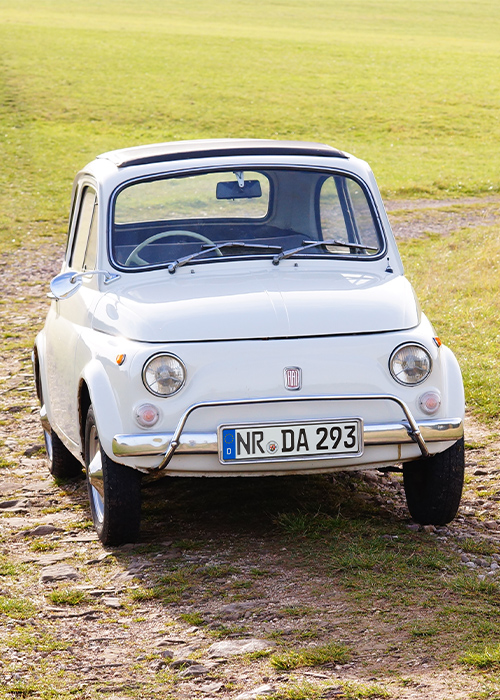
The history of the Fiat 500
Four seats large, three metres long and two cylinders strong: the Fiat 500 motorised Italy and to this day the classic is a popular choice and far ahead of its time in terms of consumption and performance. But how did it get there?
With almost 4 million cars sold, the Fiat 500 Nuova was not only a symbol for Italy, the Nuova 500 of the years 1957 to 1975 was Fiat's successful attempt to establish a vehicle class below the old Fiat 500 Topolino. The name Nuova was added to distinguish it from the Topolino, which was built from 1936 to 1955.
The 500 Nuova was quite different from the Topolino: it said goodbye to its traditional concept. The slightly smaller Nuova 500 is also not to be seen as the successor of the Topolino. This function was given to the Fiat 600, which came along with a completely new concept and the following parts…
- Rear engine
- two-cylinder with air cooling
- self-supporting body
- and a new chassis
But all three series have one thing in common: Dante Giacosa, who joined Fiat as a designer in 1926 and lead the Turin-based carmaker as chief designer until 1971. The engineer went down in automotive history as one of the most influential designers. Here he attracted particular attention with his 500 Topolino. He also wrote a fascinating autobiography, which can be downloaded from Fiat!
Construction and technology of the Nuova 500
In terms of design, the small car has never been poor. Although it is only 2970 mm long, 1320 mm wide and 1325 mm high and weighs less than 525 kilos, there is probably no one who does not know the Fiat 500. Above all, its well-thought-out construction speaks for the Fiat 500 Nuova: because with its independent suspension all around, hydraulic brakes and a four-speed gearbox with claw shift, the Fiat 500 made many vehicles presented at the same time look old.
Its self-supporting all-steel body and air-cooled rear engine also made quite an impression. The rear wheels were driven via a non-synchronised four-speed gearbox that was locked to the differential.
The engine of the Fiat 500 consisted of a twin-cylinder in-line engine with two bearings, a so-called parallel twin with overhead valves and a displacement of 479 cm³. In the Fiat 500 R, this was increased to 594 cm³.
- The small rear-wheel drive car achieved a standard output of 13.5 hp and a top speed of 85 km/h, which was quite impressive, and not only on Italy's roads.
- The sporty version, the Fiat 500 Sport, which was produced between 1958 and 1960, even reached over 105 km/h with its 21.5 hp - only Abarth versions achieved even higher performance.
- In addition to Abarth, the tuning specialists for the 500 were the Giannini brothers from Rome, who upgraded the small car to a racing car. They offered the 590 GT and 500 TV versions from 1963.
All Fiat 500 models from 1957 to 1975 have a folding roof made of fabric, which lost half its size from the D model onwards. In addition to the D model, there is also the Fiat 500 F, the L and the 500 R, as well as the aforementioned sports variant. No matter which model, the Fiat 500 has a large fan base throughout Europe.
For detailed information about the Fiat 500 and all series models, order our Fiat 500 Limora spare parts catalogue conveniently to your home!
Why did everyone want the Fiat 500 Nuova?
The Fiat 500 Nuova was primarily a robust car that was cheap to buy and to operate. At the beginning in 1957 it cost 3,390 Marks. But because it did not market well enough, Fiat soon lowered the price to 2,990 Marks. For a heater that was not fitted as standard, you had to pay extra - exactly 180 marks.
- By way of comparison, a VW Beetle 1200 Standard cost 3,790 marks at the time. But an Isetta 300 was available for 2,890 marks, and a Goggo T400 for 3,232 marks.
Like all small cars built and sold in the 1950s, the 500 was aimed at a cost-conscious group of buyers who were actually more likely to be seen on two wheels, i.e. on a motorbike. The Fiat was more or less the equivalent of this, only with a nice sunroof over the head.
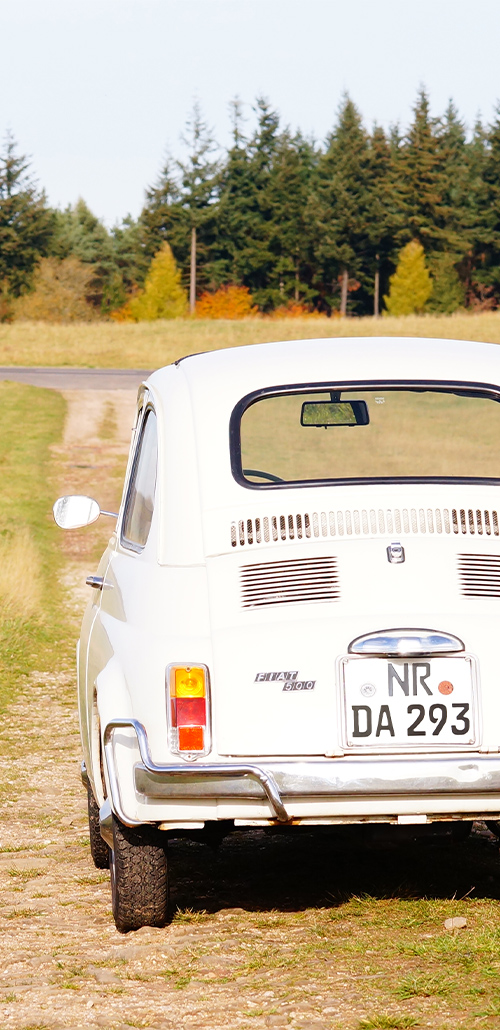
The interior of the classic was as economical as its consumption and its target group. The seats for driver and front passenger are conventional constructions with a spring base. The foam cushions rest on a horsehair mat. And although the Fiat 500 Nuova is very compact, they are not small compared to the competition of the time and are also very comfortable! On the back seat there was rather only room for very small people, ideally children.The space under the front bonnet was also kept minimalist to the maximum: it was just enough for…
- Fuel tank
- Spare wheel
- Battery
- Brake fluid reservoir
- and on-board tool kit.
Fiat was also spartan when it came to the instruments on the dashboard, which was painted in the colour of the respective car: behind the steering wheel with its two spokes, there was only a speedometer with a red warning light for the fuel reserve.
The doors of the first 500 models were still mounted at the rear on the B-pillar and, from today's perspective, open quite unconventionally to the rear. This was not changed until the so-called F model. The Fiat 500 station wagon with the name Giardiniera, on the other hand, retained the rear-opening doors, which is why it was no longer allowed to be sold in Germany after 1965.
What about prices these days and the supply of spare parts for the Fiat 500?
Prices for the Fiat 500 are rising pretty much every year, but there is still a good deal to be made thanks to the high production figures. Classics in good condition can be had for as little as 6,000 euros. However, you should take your time to check out the offers and ideally consult a professional.
As a buyer, you should also know that the majority of the 500 on offer have already been restaurated at least once - so it is important to check carefully whether they are good or bad. As already mentioned, the best thing to do when buying is to seek the advice of an expert. They know best where to look in order to assess the condition of the bodywork and the technology.
The supply of spare parts is good, provided that one decides to buy a model built in 1965 or later. However, the supply of spare parts for technical parts is considered to be consistently good due to the high quantities. And Limora supplies all Fiat 500 spare parts directly from stock!
Fiat 500: Spare parts at Limora
The Fiat 500 stands for Italian lifestyle, economy and driving pleasure as well as the best technology in the smallest space. No wonder that the tradition of the 500 was so successfully brought into the 2010s with new models in retro styling - in 2021 even as a pure electric model.
However, if you own a classic Fiat 500 Nuova, then you've come to the right place: at Limora, all standard parts and a wide range of technical improvements are available from stock - always advised by a professional. Please do not hesitate to contact us at any time if you have any questions, we look forward to receiving your Fiat 500!
